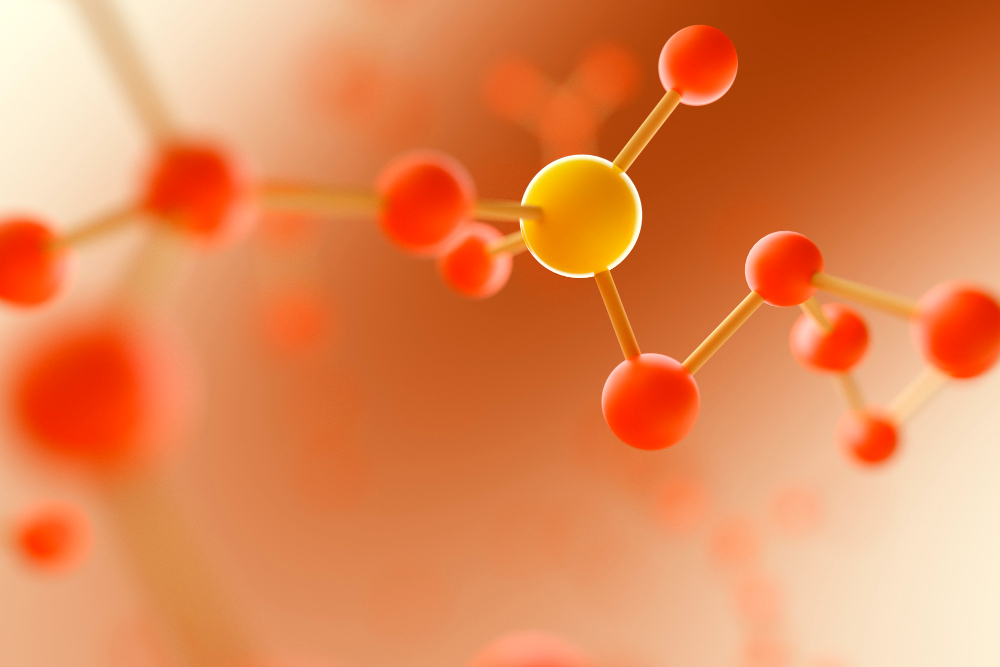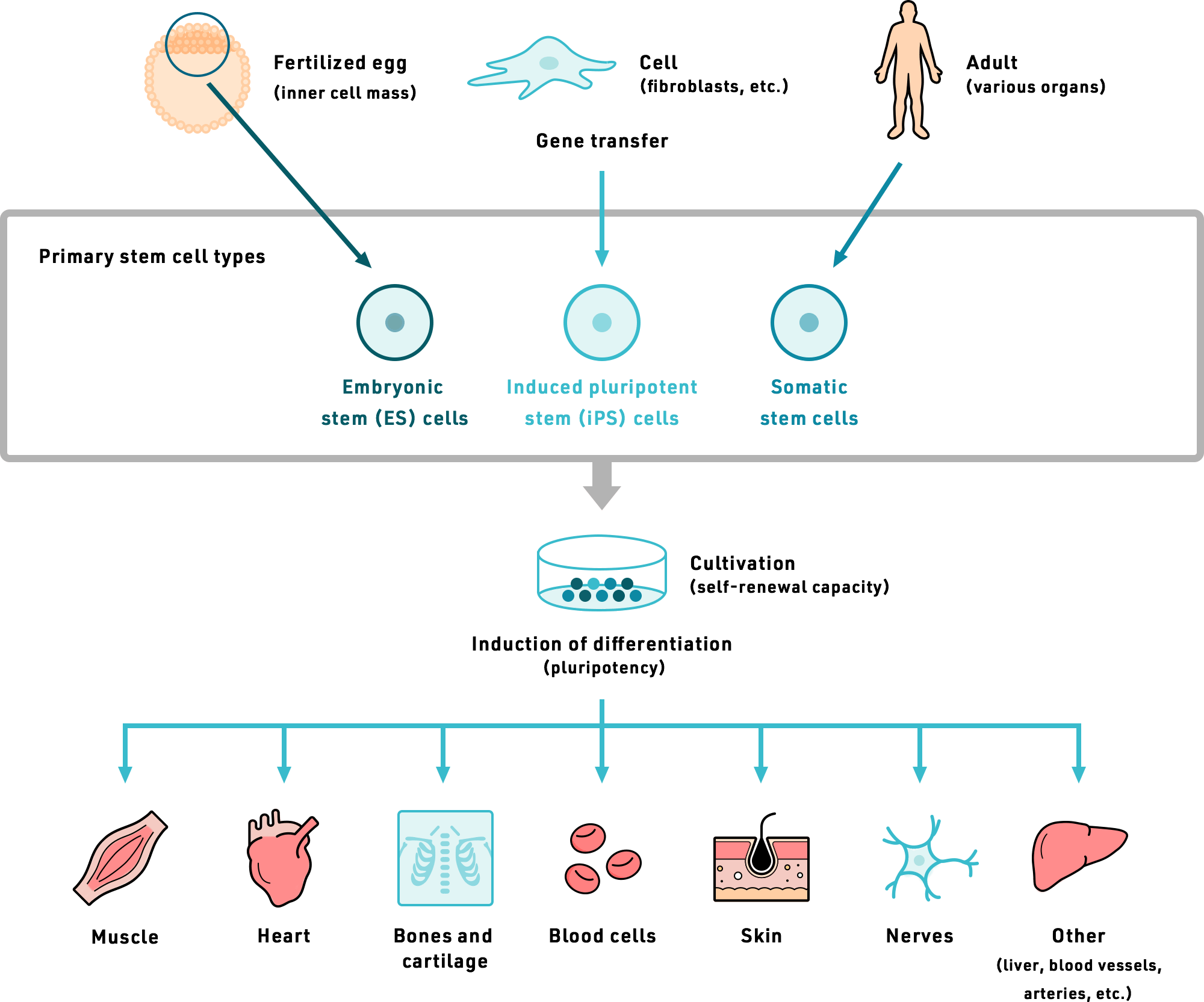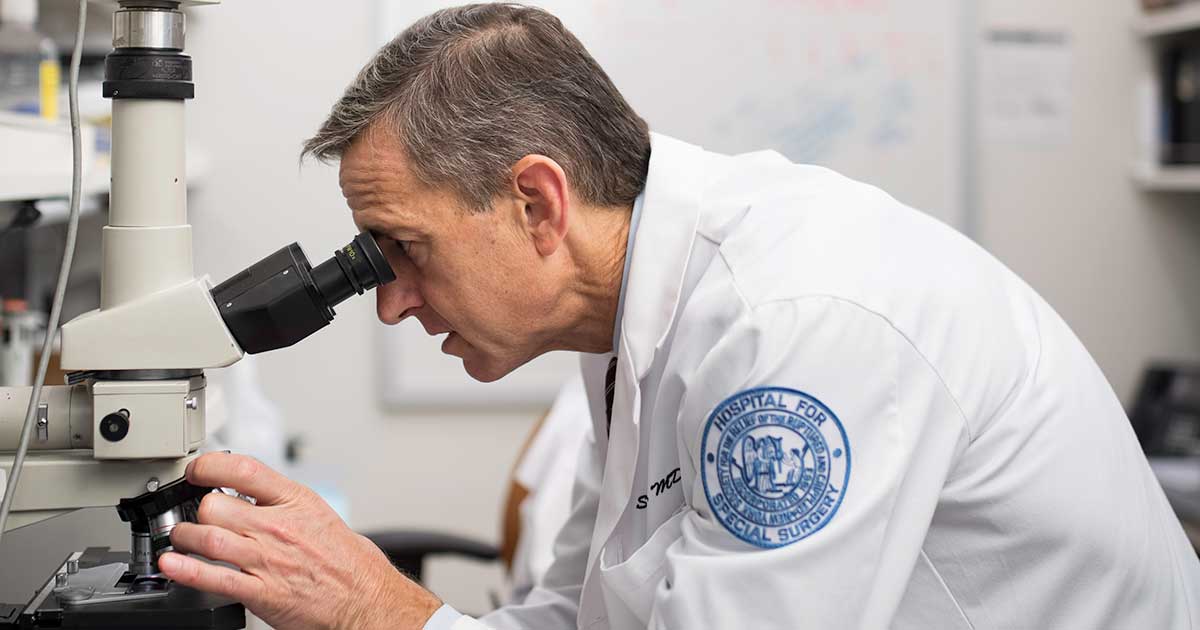Table of Contents

[/image][=video]
[/video]
Viscosupplementation: Injection of hyaluronic acid into intra-articular space can bring back the viscosity and elasticity of osteoarthritic synovial fluid. HA plays a vital function in shock absorption, lubrication, and the visco-elastic nature of the synovial fluid. Prolotherapy: Prolotherapy is the shot of a remedy to refurbish an inexperienced framework and advertise sclerosis at the shot website.
Greater than one therapy session might be needed before outcomes are felt and, just like any type of therapy, results are not guaranteed. A stem cell does not offer a particular physical function, yet it can turn into a cell that does, such as a cartilage cell or a ligament cell. Physicians who make use of stem cell therapy believe that, when positioned into a specific setting, stem cells can change to meet a certain requirement.
PRP can be infused or put on the injured location throughout a surgical procedure See PRP Therapy for Chronic Ligament Injuries To make PRP, blood is taken from the patient and afterwards processedoften using a centrifugeto develop a concentrated option of platelets and plasma (PRP). See Platelet-Rich Plasma Injection Procedure: All PRP is not the same.
Inflammation raises blood circulation and attracts cellsgranulocytes, monocytes, macrophages and fibroblaststhat can repair and recover broken tissues. During prolotherapy, a physician infuses an irritant right into the damaged location, which briefly increases swelling.
Hormone Therapy

Prolotherapy sometimes utilizes PRP as an irritant, but prolotherapy is not necessarily a mobile treatment. The most commonly utilized irritant is dextrose, an easy sugar. Compounds such as glycerine or saline may also be used.: Contrasted with other regenerative medicine treatments, such as stem cell and PRP injections, there is not a great deal of professional study concerning prolotherapy and its performance.
Various methods might be utilized to attempt to repair cartilage material, including but not restricted to: Making little cuts or abrasions in the bone directly listed below the cartilage material injury. The goal is that the blood from the damaged bone will certainly help with new cartilage cell development. Transplanting cartilage material from one more component of the individual's body, a benefactor, or pet.
Regenerative medication seeks to replace cells or body organs that have actually been damaged by age, condition, trauma, or genetic problems, vs. the existing medical strategy that focuses mostly on dealing with the signs. The devices utilized to recognize these outcomes are tissue design, mobile therapies, and medical tools and synthetic organs. Mixes of these approaches can intensify our all-natural recovery procedure in the areas it is needed most, or take control of the feature of a completely harmed body organ.
When harmed or attacked by condition, our bodies have the innate feedback to heal and defend. What happens if it was possible to harness the power of the body to heal and after that accelerate it in a clinically relevant way? Suppose we could help the body heal better? The encouraging field of regenerative medication is functioning to bring back framework and function of broken cells and organs.
Medical Group local to Burton
The goal of this method is to develop transformative medical care remedies that will potentially cure formerly untreatable injuries and conditions. Tissue engineering is a method where biologically suitable scaffolds are dental implanted in the body at the site where new cells is to be formed. If the scaffold remains in the geometric shape of the tissue that needs to be produced, and the scaffold draws in cells the result is brand-new cells in the shape desired.

Millions of individuals have actually been treated with some kind of tissue crafted tools, yet the area is in its infancy. Numerous millions of adult stem cells are located in every human.
To find out more regarding a few of the promising researches and medical tests including cellular therapies, click here. In cases where a body organ stops working, the predominant medical strategy is to transplant a replacement body organ from a benefactor. The principal obstacles are the schedule of donor body organs, and the need that the donor take immunosuppression drugswhich have negative effects.
Menopause Therapy
Regenerative medication extends a variety of techniques in medication, biology, design, and other locations of clinical research study. While there are only a minimal variety of accepted regenerative medication therapies for people today, many possible treatments remain in clinical tests, or will be soon. These interpretations are intended to aid you recognize terms you might hear as regenerative medication becomes an extensive topic of conversation.
Biomaterials is an increasingly innovative innovation that mixes concepts of design and biology to drive discovery and testing of therapies. The term generally refers to materials that are created for the purposes of communicating with living cells, cells, body organ, and systems. Biomaterials can be acquired from all-natural resources, like healthy proteins or sugars, or from artificial materials, like polymers, steels, or plastic.
One prominent category of biomaterials, called hydrogels, are water-based structures with adjustable residential properties to residence cells in 3D rooms that simulate problems in living cells. Next-generation biomaterials can be changed in real-time to route just how cells operate in 3D room. Illness modeling is using animals, stem cells, and crafted tools to research human conditions without the need for human subjects.
Medical Group local to Burton
Diet, way of living, exposure to sunlight, and aging are all factors that can cause epigenetic adjustments. In the field of regenerative medication, scientists examine how epigenetic changes add to disease-causing mutations. In one investigation, ISCRM scientists become part of an effort to establish a gene treatment to help kids and pets with an uncommon muscular tissue disorder to stroll and grow.
Navigation
Latest Posts
Menopause Therapy
Perimenopause Treatment servicing Burton, Michigan
Perimenopause Treatment